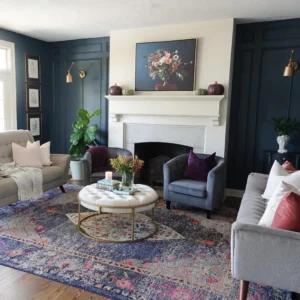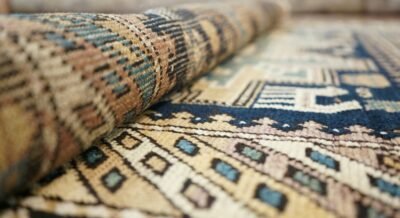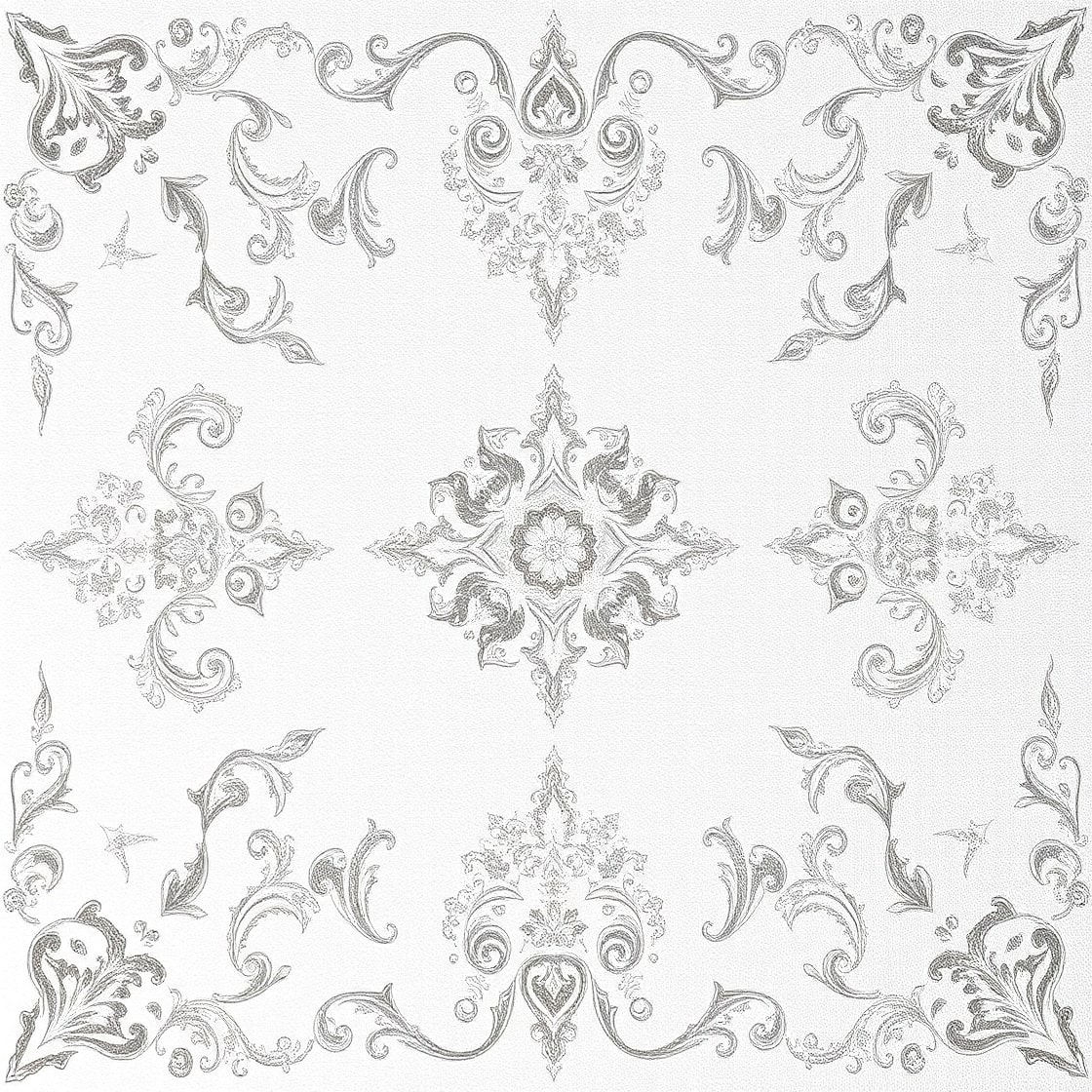Persian vs Oriental Rugs: Key Differences You Should Know
Introduction
When it comes to luxury rugs, Persian and Oriental rugs are two of the most sought-after styles. Many people use these terms interchangeably, but the truth is, they represent different traditions, origins, and craftsmanship techniques. Whether you are shopping for a rug to elevate your living room or investing in a timeless piece of art, understanding the differences will help you make the right choice. If you are looking for authentic Persian rugs and Oriental rugs, you can explore premium collections at Shabahang Rugs.
Origin and Heritage
Persian Rugs:
Specifically crafted in Iran (historically known as Persia). They are deeply rooted in Persian culture and artistry, making them some of the most recognizable rugs worldwide.
- Oriental Rugs: A broader category that includes rugs from several Asian countries such as Turkey, India, China, Afghanistan, and Pakistan. Each country has its own weaving traditions.

Design and Patterns
- Persian rugs often feature intricate floral designs, medallions, and symmetrical motifs. They emphasize elegance and sophistication.
- Oriental rugs vary widely depending on the region. Turkish rugs, for instance, may feature bold geometric shapes, while Indian Oriental rugs often use soft pastel shades and lighter patterns.
Materials and Craftsmanship
Persian rugs are typically hand-knotted with wool or silk, known for their extremely high knot density and durability. Oriental rugs, while also handwoven, may have lower knot density depending on the country of origin. At Shabahang Rugs, we believe understanding these motifs helps you connect with your rug on a deeper level.

Value and Investment
Persian rugs are often considered higher-value investment pieces because of their rich history and complex artistry. Collectors particularly seek antique Persian rugs. Oriental rugs, depending on their origin and material, can be more affordable while still offering luxury.
Durability and Longevity
Both types of rugs are known for durability, but Persian rugs tend to last longer due to their tighter knotting and superior materials. With proper care, they can last over a century.
Choosing the Right Rug for Your Home
- If you are looking for cultural depth, intricate artistry, and long-term value, go with Persian rugs.
- If you prefer variety, wider availability, and sometimes lower pricing, Oriental rugs are also an excellent choice.
Conclusion
While Persian and Oriental rugs share similarities, their differences make each unique. Persian rugs stand out for their heritage, craftsmanship, and artistic value, while Oriental rugs offer diversity and regional charm. To browse authentic collections, visit Shabahang Rugs and explore timeless pieces that bring luxury into your home.
Related Posts
How to Clean a Persian Rug at Home
-
Posted by
 Ans Iqbal
Ans Iqbal - 0 comments
Restoring Navajo Blankets in USA
-
Posted by
 Ans Iqbal
Ans Iqbal - 0 comments
Kitchen Rug Customization
-
Posted by
 Ans Iqbal
Ans Iqbal - 0 comments
How Handmade Rugs Increase the Value of Your Home
-
Posted by
 Ans Iqbal
Ans Iqbal - 0 comments
How to Choose the Perfect Persian Rug for Your Living Room
-
Posted by
 Ans Iqbal
Ans Iqbal - 0 comments
Why Wool Rugs Are a Timeless Choice for Every Home
-
Posted by
 Ans Iqbal
Ans Iqbal - 0 comments
The Art of Persian Rugs: Why Every Home Needs One
-
Posted by
 Ans Iqbal
Ans Iqbal - 0 comments
